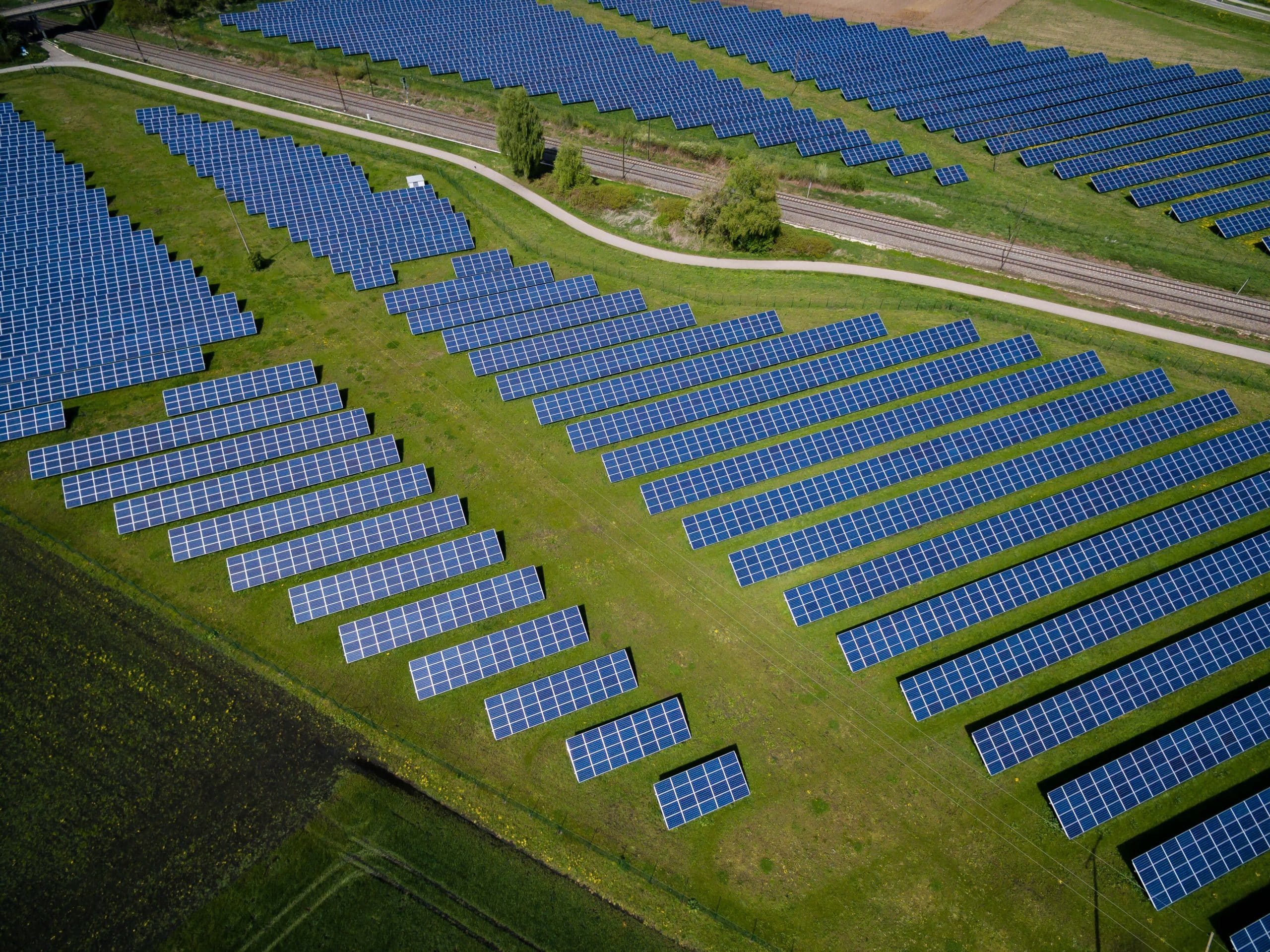Amidst the newfound array of reducing carbon footprints, a push to make renewable energy sources more mainstream has come alive. Although the presence of solar and wind power plants has been known to humans for decades, the repercussion or the change in its surrounding area is yet lesser known.
Moreover, having data set of all the available solar & wind energy resources around the world would help enhance the mission that the Paris Agreement & the United Nations Sustainable Development Goals seeks to achieve.
The Global Renewables Watch (GRW) is a living atlas that seeks to map out all the renewable energy resources around the world and update their data periodically. It will use AI and Satellite Imagery to allow users to evaluate clean energy transition progress and track trends over time.
The GRW will consist of Microsoft, which will provide the AI required; Planet, which will come with its satellite imagery and; The Nature Conservancy, which will assist with its subject matter expertise.
Not only will it show energy capacity (and gaps), but also how development is changing the landscape, for example, if renewable projects are being sited on farms, grasslands, etc.
“Change over time is the headline of this story,” said Andrew Zolli, Planet’s Chief Impact Officer about the project’s value-add. “We can do this because we have this level of granularity – in time and space – via satellite imagery.”
“We hope the Global Renewables Watch will illuminate the footprint, growth, and future potential of renewable energy for every country and region in the world,” Zolli continued. “It will help us understand the impact of renewables on the environment and optimize their placement in ways that meet the needs of both people and nature.”
Here are 5 things to know about this project:
- It wants to map the world – Building on established, peer-reviewed scientific approaches, GRW piloted the atlas by completing solar and wind Germany and India, and solar maps of Brazil and Egypt, and intends to debut the first full global edition in early 2023.
- It’ll be a time series, not a snapshot – GRW plans to monitor progress and trends over a period of time vs. a moment in time. Progress will be tracked dating back to 2018.
- It’s going to be regularly updated – What’s a time series if it’s only done once? GRW intends to release bi-annual updates to the atlas so data is fresh for decision-makers.
- It’s slated to be available widely – GRW wants to democratize the data, making the data and findings available to policymakers, researchers and the public so they can be integrated into wider analyses.
- It won’t just tell you what you have, but what you need to know – Because of its granularity, decision-makers will be able to see the underlying patterns driving renewable energy development, and importantly, to see if any of that development may cause conflicts (like if it’s displacing wildlife species or taking up valuable cropland). That way, planners can provide alternative development solutions to reach renewable energy targets sans environmental conflict.









